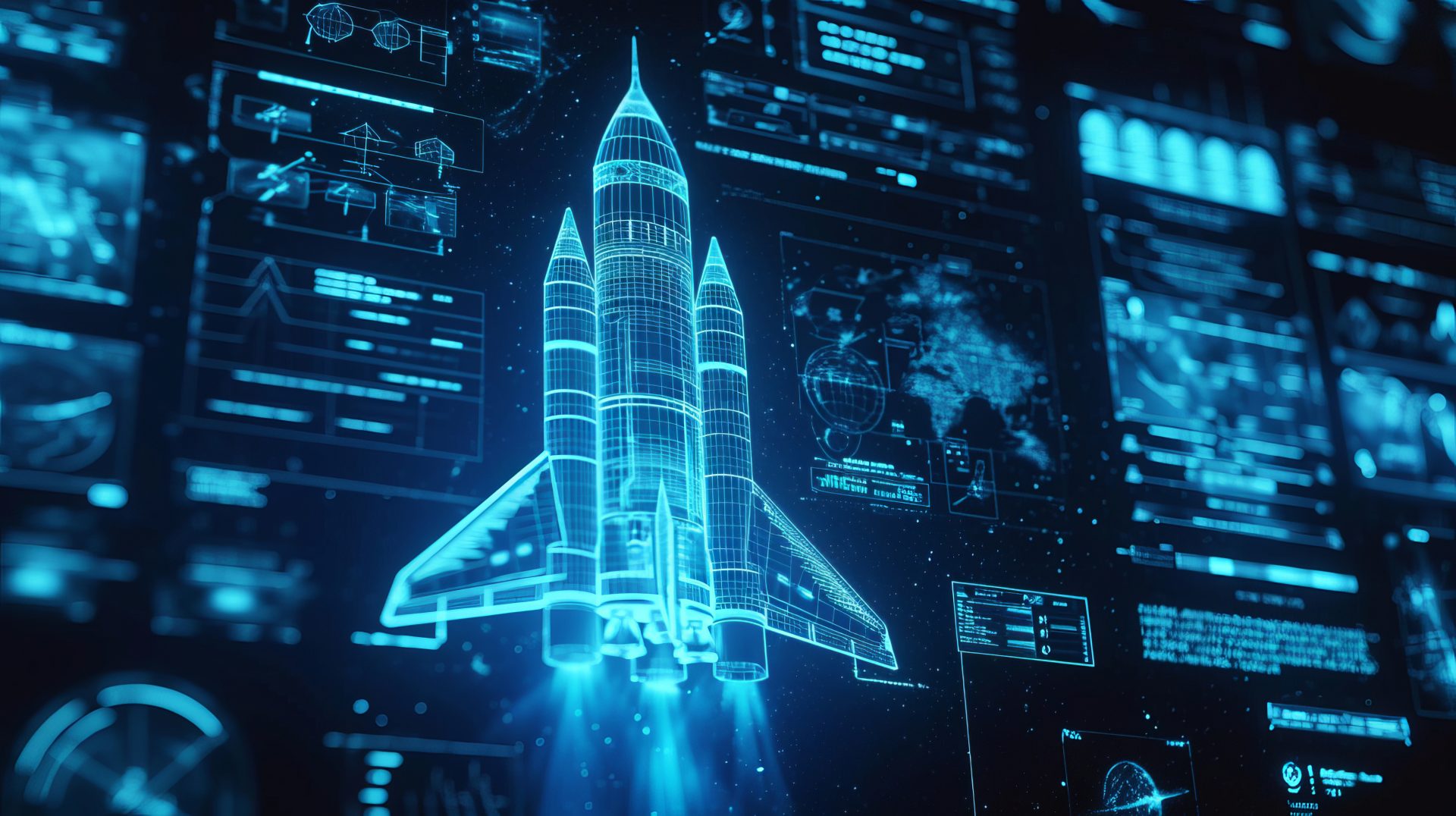A space system is a complex system that has been specially designed for use in space. It comprises a variety of components and vehicles that have been developed for different missions and applications. Space systems are crucial for the exploration, utilization and understanding of space. They include both manned and unmanned systems and are designed to operate in the extreme conditions of space.

Types of space systems
Space systems can be divided into different categories depending on their function and purpose:
- Manned spacecraft: These systems are designed for the transportation and accommodation of people in space. Examples include space capsules, space stations and space shuttles.
- Unmanned spacecraft: These include satellites, space probes and other autonomous systems used for scientific research, communication and earth observation.
- drive vehicles: These vehicles are specially developed for propulsion and navigation in space. They include main engines and maneuvering systems.
- Launchers for orbital insertion and upper stage vehicles: These vehicles are responsible for transporting payloads into specific orbits or trajectories. They play a crucial role in the placement of satellites and other payloads.
- Satellite payloads: These are the specific instruments and devices that are carried on board satellites to carry out certain missions, such as scientific experiments or communication.
- Re-entry vehicles: These vehicles are designed so that they can safely re-enter and land in the Earth's atmosphere after a mission in space. They are crucial for the return of samples or astronauts to Earth.
- Launchers: Launch vehicles are responsible for transporting spacecraft and payloads into space. They are crucial for launching and placing satellites and other systems in their intended orbits.
- Ballistic vehicles: These vehicles are designed for use in ballistic trajectories and can be used for various military or scientific purposes.
Components of space systems
Space systems consist of a large number of components that are crucial for their specific functions and missions:
- Structure: The physical structure that supports and protects all components. It must withstand the extreme conditions of launch and space.
- Drive systems: These systems enable navigation and position changes in space. They include main thrusters, maneuvering thrusters and other propulsion technologies.
- Energy supply: Typically solar cells or radioisotope batteries, which supply the energy required to operate the system.
- Communication systems: Antennas and transponders that enable communication with Earth and other spacecraft.
- Payloads: The specific instruments and equipment required for the system's mission, such as scientific experiments or sensors.
- Life support systems: In manned systems, these provide the necessary living conditions such as oxygen, temperature regulation and pressure.
Importance of space systems
Space systems are of great importance for the exploration and use of space. They enable scientific discoveries, improve our ability to communicate and navigate, and contribute to our understanding of the Earth and the universe. With their ability to operate in extreme conditions, space systems play a crucial role in modern technology and science.
Summary
Space systems are complex systems that are designed for use in space. They comprise a variety of vehicles and components that have been developed for different missions and applications. With their ability to operate in the extreme conditions of space, space systems enable scientific research, communication and exploration of the universe.